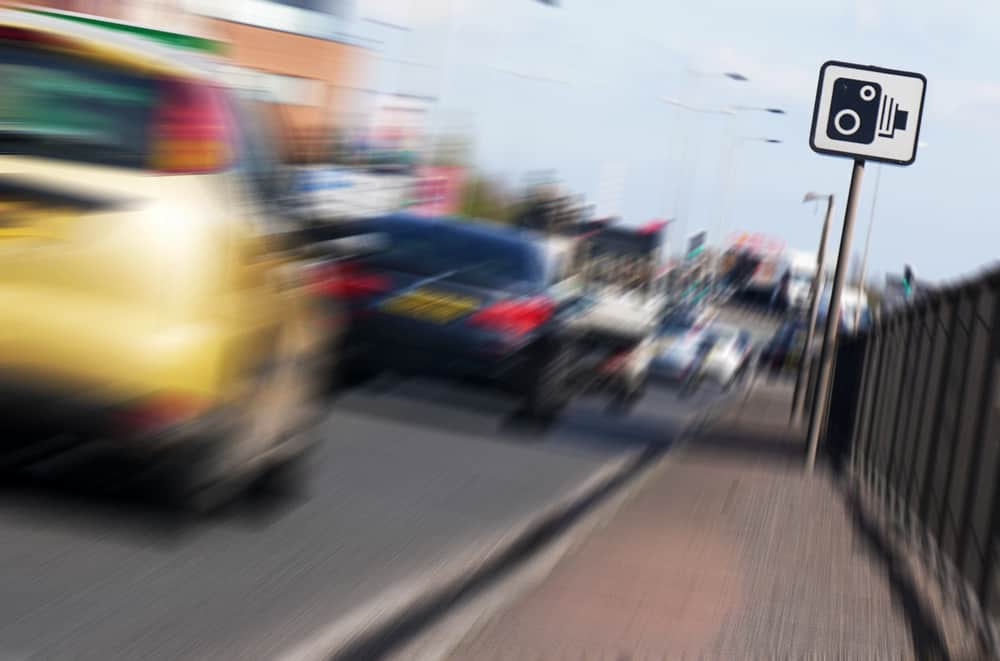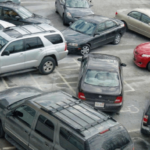How Does License Plate Recognition Work?

License Plate Recognition (LPR) is a cutting-edge technology rapidly gaining popularity in many industries. It is a form of computer vision that enables automatic detection and recognition of vehicle license plates. The technology works by capturing an image of a vehicle’s license plate with a camera and then running the image through software that deciphers the characters on the plate.
In this article, we will discuss in detail how license plate recognition works and whether or not it is safe.
What is License Plate Recognition (LPR)?
LPR is a technology that automatically captures an image of a vehicle’s license plate and then analyzes the image to extract relevant information, such as the license plate number, date, time, and location. This technology can be used for various purposes, including law enforcement, parking management, toll collection, etc.
LPR systems typically consist of cameras, software, and databases.
How Does LPR Work?
LPR technology uses cameras to capture images of vehicles’ license plates. These cameras can be stationary or mounted on vehicles like police cars or toll booths. The cameras can capture images of license plates from various angles and distances. Once an image is captured, the software analyzes the image to extract the license plate number, date, time, and location. The software can also compare the license plate number to a database of registered vehicles to identify the vehicle’s owner.
The license plate reader software works by using a combination of optical character recognition (OCR) and pattern recognition techniques. OCR is a technology that can recognize text from images, and pattern recognition is a technology that can identify patterns and shapes in images. Together, these technologies can accurately extract and decipher the characters on a license plate.
Is License Plate Recognition Safe?
There has been some controversy surrounding the use of LPR technology, particularly concerning privacy and security concerns. Some people are concerned that the technology could be used to track their movements and invade their privacy. However, proponents of LPR technology argue that it can be a valuable tool for law enforcement and public safety.
One of the primary concerns with LPR technology is data security.
The data collected by LPR systems can include sensitive information, such as license plate numbers, dates, times, and locations. This data must be stored securely to prevent unauthorized access and misuse. Additionally, strict policies and procedures must be in place to govern how the data is collected, stored, and used.
Another concern is the potential for false positives and false negatives. LPR systems can sometimes misinterpret license plates due to various factors, such as poor lighting, obstructions, or damage to the license plate. False positives can lead to innocent people being wrongly accused of a crime, while false negatives can result in criminals evading detection.
Privacy and Security Risks
While LPR technology has numerous benefits, it raises privacy and security concerns. For instance, using LPR technology raises questions about how personal data is collected, stored, and used. It also raises concerns about potential abuse, such as data misuse by law enforcement or other organizations.
One significant risk associated with LPR technology is the potential for data breaches. If a database containing personal information is compromised, it could lead to identity theft, financial fraud, and other forms of cybercrime.
Another risk associated with LPR technology is the potential for surveillance. Critics argue that LPR technology can be used to track people’s movements, raising concerns about government surveillance and invasion of privacy.
Applications of LPR Technology
License plate recognition technology has a wide range of applications. One of the most common uses of LPR is in law enforcement, where it can be used to identify stolen vehicles and vehicles linked to criminal activity or to track suspects’ movements.
LPR technology is also commonly used in parking management, where it can help identify vehicles parked in the wrong location or that have exceeded their allotted time.
Additionally, LPR technology can be used for toll collection, where it can automatically deduct toll fees from a driver’s account based on their license plate number. LPR technology is a versatile and powerful tool with many potential applications across various industries.
Benefits of LPR Technology
License plate recognition technology has a range of benefits, including enhanced security, improved traffic flow, and reduced costs for parking facilities and toll roads. Law enforcement agencies also use LPR technology to identify stolen vehicles, track suspects, and locate missing persons.
LPR technology uses cameras and software to capture images of license plates and convert them into text data. This data is then stored in a database for various purposes, including identifying vehicles and tracking their movements.
Conclusion
License plate recognition technology is a powerful tool that can be used for various purposes, including law enforcement, parking management, and toll collection. The technology uses cameras and software to capture and analyze images of license plates.
While there are some concerns about LPR technology’s privacy and security implications, proponents argue that it can be a valuable tool for public safety. To ensure that LPR technology is used safely and responsibly, strict policies and procedures must be implemented to govern its use.


